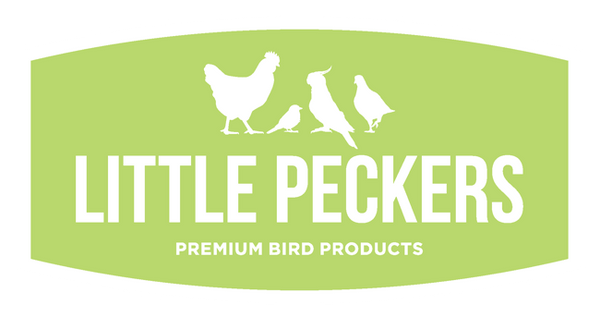Resembling the house sparrow but an entirely different species, the dunnock (Prunella modularis) is a small bird which is somewhat dull in appearance. However, the young have olive-brown eyes which later become a stunning red colour. Also known as hedge sparrows, these birds have brown and grey plumage. They can be seen foraging on the ground with their tails twitching nervously and generally inhabit hedges, scrub and brambles. They are usually to be found in deciduous woodland, field margins, parks and gardens, close to areas of cover. Dunnocks can be up to 14cm in length with wingspans of up to 21cm.
What is the dunnock’s distribution and population?
The dunnock is a common bird. However, numbers have fallen by almost a third since the 1970s. The loss and damage of woodland and hedgerows is thought to have contributed to this worrying decline. The dunnock population has been growing since the 1990s, but these birds remain on the amber list of medium conservation concern. There are approximately 2, 300, 000 breeding pairs in the UK at present.
What do Dunnocks eat?
Insects and invertebrates constitute the dunnock’s principle food, but these birds will also take seeds in the winter months. Dunnocks rarely visit bird feeders, but they will forage for food scattered on the ground or provided on bird tables. Provide small seeds and mealworms if you would like to see dunnocks in your garden.
Where do dunnocks nest?
Dunnocks’ breeding habits are fascinating. They have adapted their behaviour to utilise a number of breeding strategies. Both males and females want to ensure that their genes are passed on to the next generation. Where food is plentiful, territories need not be very big. Where food is scarce, territories need to be larger and that means more interaction with other dunnocks. In these cases, females can mate with more than one male. As the males don’t tend to appreciate their rivals, they attempt to remove the other male’s sperm before mating by pecking the females rear end to encourage her to reject it!
Breeding strategies include two males breeding with a single female, monogamy, a male pairing with two females and families with two males and two females. Whatever the breeding arrangements happen to be, the nests are built by the females from twigs and moss and are constructed in dense shrubs and hedges. They are then lined with moss and hair. Eggs are incubated for 12-13 days and the chicks fledge after 11-12 days.
Did you know?
Dunnock nests are often targeted by cuckoos which remove a dunnock egg and replace it with one of their own.
Male and female dunnocks are almost identical in appearance.

